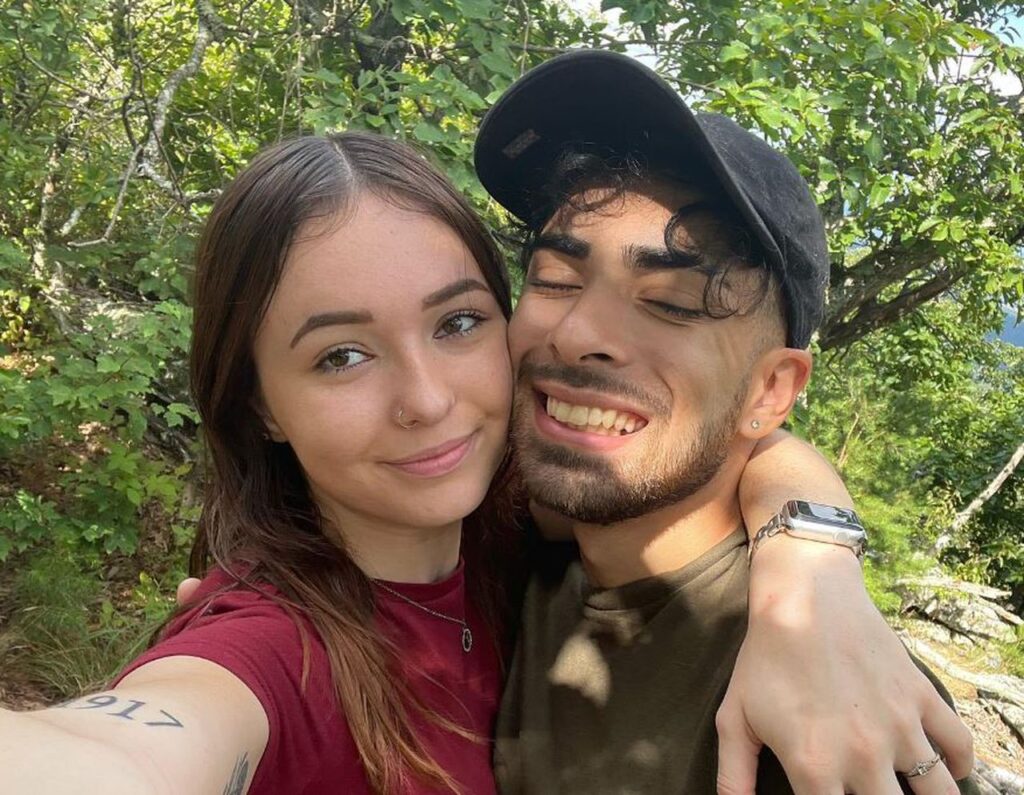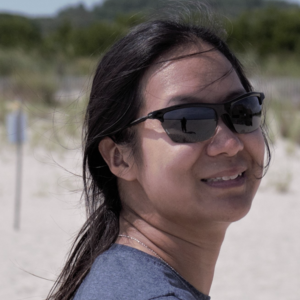
The story of Adam Simjee and Mikayla Paulus has been floating around the news recently. As is often the case, there is some disagreement between sources about exactly what happened, but here’s the outline we’ll go with today, based on the initial Clay County Sheriff’s Office news release and early news reports. It was mid-morning and the young couple was vacationing in Alabama when they ran across a woman with a broken-down car, and stopped to help. After they were unsuccessful with fixing the car, the woman pulled a gun on the couple and forced them into the nearby woods to rob them. While there and when the woman was distracted, Adam was able to draw his own concealed handgun and attempted to turn the tables by holding her at gunpoint. The woman responded by shooting and in the exchange of gunfire, she was shot three times and Adam was fatally wounded with one round. Mikayla was not physically injured and was able to call for help, but it took about half an hour for rescue to arrive. Later, when apprehending the woman and her associates, law enforcement had to deal with a 5-year-old child holding a loaded shotgun, running to his mother as she was being arrested. There’s a lot to unpack there, but let’s start with these five lessons learned so that we can, as we do here at OHO, honor Adam and Mikayla’s losses by doing our best to avoid what went wrong for them.
Stopping to help someone is, unfortunately, always fraught with risk these days. Whether you want to be the helper or you are in need of help, it’s hard to predict whether the other person is a good guy or if they might try to hurt you. Here, it was the woman on the side of the road who was the bad guy, and shows how you can’t rely on physical appearance cues to decide who is safe and who might not be. Bad guys come in singles, pairs, and groups. They are of all appearances and all ages. While bad guys may show some tells and pre-assault cues, it’s often hard to see if they present a danger to you if they’re not jumping straight to a physical attack. They may not even have specific intent to harm you, as that 5-year-old might not have as he came running out with a shotgun.The safest move when you are on the road is to not stop or to stay in your vehicle if you do, doing no more than volunteering to call for help no matter how harmless and innocent the person stranded and looking for aid might look. On the flip side, it’s safer not to accept help from someone who offers, and to make your own plans for a safe rescue by calling roadside assistance, a friend or family member, or the police.
Another wrinkle here is that the woman spent some time with the couple before the encounter turned violent. You probably know in the presumably safe environment you’re in right now that you shouldn’t trust your life to some random stranger you’ve only known for a few minutes, but it’s a little harder when they’ve been stoking your sympathy with their apparent woes and you’ve had time to get comfortable with them in person and especially when you are teamed up against a struggle together. Whether this woman had set up to find someone to rob, got angry with her unfixable car and took it out on the closest targets, or simply took an opportunity when it came up is immaterial. Whichever it was, she was able to take advantage of her nonthreatening appearance and situation, and the familiarity she built with the couple while they tried to fix her car. For you, you need to remain cautious throughout your entire encounter with any stranger, no matter how friendly they may seem, and even more so when you are in isolated geographies.
The bad guy’s first move after beginning the attack was to force the couple off the road and into the woods. Never in the history of ever has being taken to a secondary location boded well for a victim. It’s even worse when that other place is more private than the first, and further away from potential witnesses – which is nearly always, if you are being coerced to go from one place to any other place. Kidnapping, which this was, is a serious crime in all instances because it is indicative of a desire to hide wrongdoing and a willingness to be violent. As in this situation, the outcome is often death or, at the very least, severe injury. Even if it is not the initial plan, the remoteness of where you are taken will allow the bad guy to feel free to give in to any impulses to harm you. If someone tries to do that to you, you can assume extremely ill intent and should act accordingly to defend yourself. Even if they haven’t actually hurt you yet, the probability is so high that they will that you should fight and fight hard to not be physically taken anywhere you do not want to go.
Regardless, one of our good guys managed to draw on a drawn gun. You might have been told that such things are not possible, and that’s simply not true, but there are a number of factors in play before it can be both possible and a good idea. I’m not going to deep dive into the problem in this article, but one of the relevant classes in this space is Craig Douglas’s Extreme Close Quarters Concepts. In this case, our good guy was able to take advantage of a moment when our bad guy wasn’t paying enough attention, and his timing was impeccable. We know this because he got his gun out at all, and was even able to get it aimed at her. That’s great work! Where it fell apart was when he continued to think his kidnapper and attempted robber, who had already kidnapped him and his girlfriend at gunpoint, would be swayed by words or threats. From the facts reported to date and as summarized above, shooting the bad guy immediately would likely have been both legally and tactically justifiable. If you carry a gun, you must think all the way through to using it against another person, perhaps without verbal warning, and get yourself right with that possibility. And whether you carry a gun or are around people who do, take a few minutes to consider how Mikayla was able to stay out of the way both physically and psychologically by not demanding Adam’s attention during their ordeal. Can you do the same?
Finally, in the aftermath, help took a substantial time to arrive. The encounter may not have been survivable either way, but every minute matters when there are physically traumatic injuries in play. For that matter, even if our good guys were able to call the police earlier, they might not have shown up in time to stop what ended up happening. Any strategies that rely on someone who isn’t right there with you – like you yourself – introduce a time lag during which bad things can happen and continue to happen. You need to be prepared to manage them yourself. This isn’t just about needing self-defense or medical skills and equipment, but also the mental fortitude to continue fighting. I’ve spoken little about Mikayla, but she, too, carried a heavy burden and did fine work. She didn’t fall apart while waiting; she kept doing what she could to help Adam live and, in fact, was performing CPR as the police rolled up. As you prepare for your own worst day, have you thought about how you will maintain your determination to survive through waves of adversity over a period of time? It’s both a mindset issue, deciding you can and will, and a practice one, of subjecting yourself to controlled hardships and prevailing so that you know you can again in the future.




